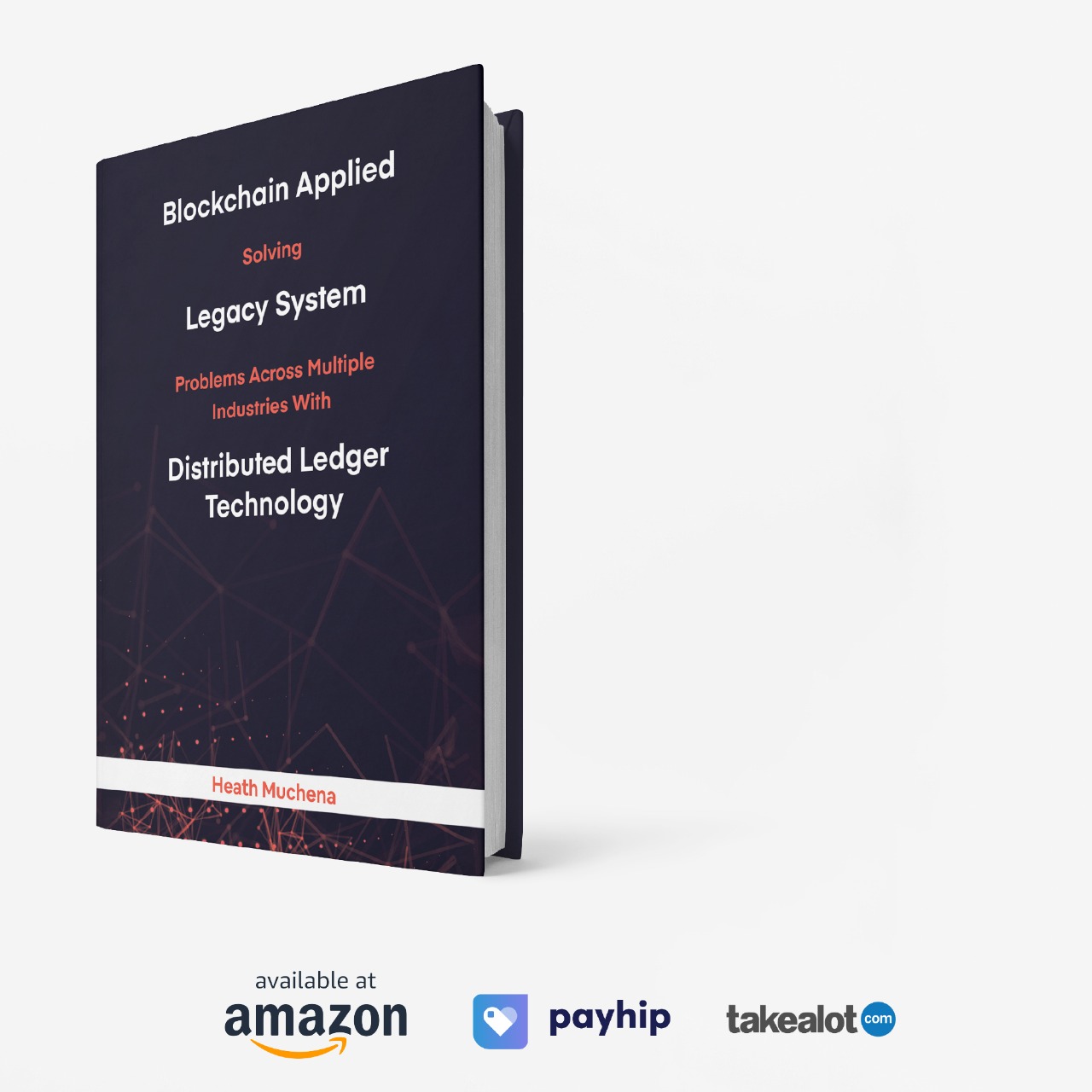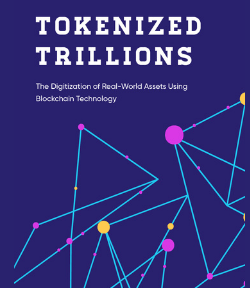
In the golden age of crypto narratives, passive income has become one of the most alluring promises in the Web3 space. But in 2025, as markets mature and on-chain transparency improves, it’s clear that not all yields are created equal.
From legitimate staking rewards to risky Ponzi-style protocols, this guide cuts through the noise to uncover what really works, what’s sustainable, and what to avoid when it comes to earning passive income in crypto.
What Is Passive Income in Crypto?

In simple terms, passive income in crypto refers to earning regular returns on your assets without actively trading. Instead of flipping tokens or timing market tops, you’re putting your capital to work – earning interest, rewards, or fees just by holding or locking your coins.
But there’s a catch: “passive” doesn’t mean risk-free. The method you choose – and the platform you use – makes all the difference.
✅ 1. Staking (Proof-of-Stake Networks)
How it works:
You lock up your tokens to support network security and validation (e.g., Ethereum, Solana, Cosmos). In return, you earn staking rewards – usually paid in the same asset.
Pros:
-
Generally sustainable, especially for L1 tokens
-
Fully on-chain and transparent
-
Often supported natively in wallets or exchanges
Cons:
-
Unstaking periods (ETH has ~24hr+ exit queue)
-
Market volatility may outpace yield
-
Validator slashing risk (if using a shady provider)
Examples:
-
ETH staking via Blofin or Lido
-
SOL staking directly from Phantom wallet
-
ATOM staking in Keplr
Typical yield: 4–7% APR (adjusted for inflation and fees)
2. Lending (CeFi & DeFi)
How it works:
You lend your tokens to borrowers (retail or institutional), either via centralized lenders (CeFi) or smart contract-based platforms (DeFi). You earn interest, often variable.
Pros:
-
Generates income from idle stablecoins or tokens
-
Flexible lock-up terms
-
Transparent if DeFi (on-chain)
Cons:
-
Counterparty risk (CeFi platforms like Celsius & BlockFi taught us this)
-
Smart contract risk in DeFi protocols
-
Yield often drops as demand fluctuates
Trusted Platforms (2025):
-
Phemex: Offers flexible lending vaults with daily interest
-
Blofin: Licensed CeFi + on-chain proof-of-reserves
-
OKX Earn: Combines DeFi & CeFi offers, often with low-risk options
Typical yield: 2–10% APR depending on token and duration
3. Vaults & Yield Aggregators
How it works:
You deposit tokens into DeFi vaults that automatically optimize your yield by moving assets across protocols, compounding rewards, or farming incentives.
Pros:
-
Hands-free DeFi exposure
-
Some vaults provide real-time yield breakdowns
-
Opportunities to earn in multiple tokens
Cons:
-
Smart contract stacking risk
-
Gas fees (if not using L2s)
-
May chase unsustainable farming incentives
Popular Examples:
-
Yearn Finance vaults
-
Beefy on BNB Chain
-
DeFi vault integrations on MEXC or Bybit Earn
Typical yield: 5–20% APR (fluctuates with DeFi trends)
4. Fake Yields & Ponzinomics
How they trick you:
-
“Too good to be true” APYs (100%+ per year)
-
Rewards paid in illiquid or worthless tokens
-
Unsustainable emissions-based models
-
Dependency on new user deposits to pay old users
Red Flags:
❌ Yield paid in protocol’s native token only
❌ Complex multi-token farming schemes with no real demand
❌ No real revenue source or utility
❌ Locked withdrawals, vague terms, or admin keys
Example Traps (2020–2024):
-
Wonderland TIME (abandoned treasury)
-
Anchor Protocol (UST collapse)
-
Various “auto-staking” DAOs
How to Protect Yourself in 2025
✅ Stick with transparent platforms with proof-of-reserves
✅ Use audited smart contracts
✅ Avoid projects offering unrealistic APYs with no clear source
✅ Diversify across staking, lending, and vaults rather than chasing one big yield
✅ Use stablecoin vaults during bear markets to reduce volatility exposure
Realistic Expectations: The Yield Curve in 2025
| Method | Risk | Yield Range | Liquidity | Best Use Case |
|---|---|---|---|---|
| Staking | Low | 4–7% | Medium | Long-term L1 holders |
| Lending | Medium | 2–10% | High | Earning on idle assets/stables |
| DeFi Vaults | Medium–High | 5–20% | Variable | Optimized DeFi strategies |
| Fake Yields | Very High | 50%+ (unsustainable) | Often locked | Avoid at all costs 🚫 |
Passive ≠ Effortless
In 2025, the promise of passive income in crypto is real – but so are the risks. The key isn’t chasing the highest number – it’s identifying the most sustainable yield.
Stick with platforms like:
And remember: if the APY looks like a lottery ticket, it probably is. Sustainable crypto income takes smart choices, not blind bets.






